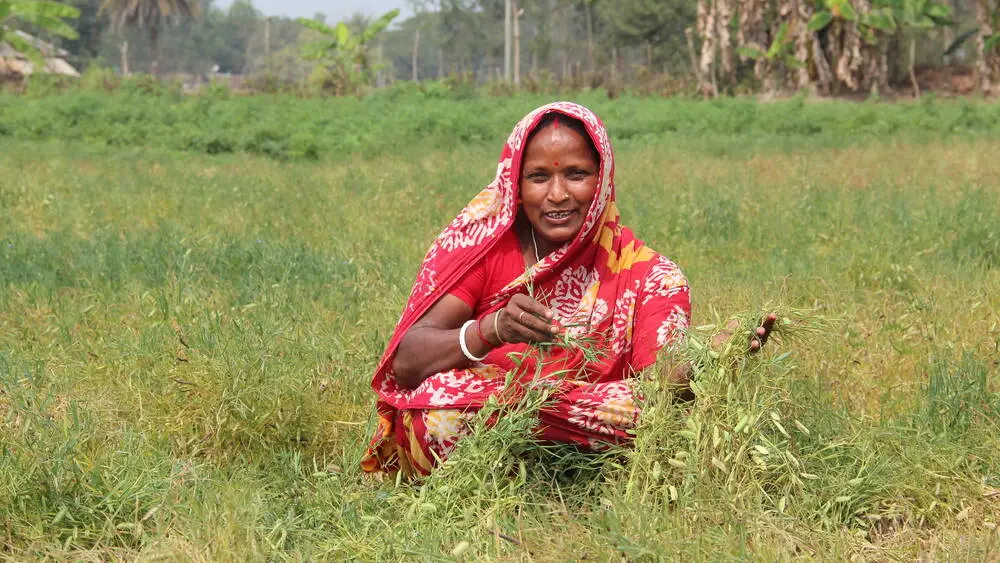Wild relatives add significant agronomic improvement and disease resistance to lentils
- From
-
Published on
19.02.23
- Impact Area

In the face of declining biodiversity, it is necessary to widen the genetic base of food crops. Wild relatives can play a key role in introgressing novel genetic variation in the cultivated gene pool of major pulses — to go beyond the repeated use of a narrow range of parents and their derivatives in crop improvement programs.
A new study analyzes the introduction of two wild lentil taxa, Lens culinaris ssp. orientalis and Lens ervoides, into the backgrounds of cultivated varieties. The resulting interspecific derivatives were evaluated at two locations in India, by scientists from the National Bureau of Plant Genetic Resources (NBPGR), International Center for Agricultural Research in the Dry Areas (ICARDA), and Sher-e-Kashmir University of Agricultural Sciences and Technology (SKUAST).
Related news
-

From Dirt to Decision-Making: Governance and Soil Health Must Go Hand in Hand
Multifunctional Landscapes Science Program26.11.25-
Biodiversity
-
Environmental health
-
Environmental health & biodiversity
In October, the world convened in Des Moines for the 2025 Borlaug Dialogue under the…
Read more -
-

CGIAR Multifunctional Landscapes at COP30: Advancing Adaptation and Nature-Based Solutions
Multifunctional Landscapes Science Program10.11.25-
Adaptation
-
Biodiversity
-
Environmental health
-
Environmental health & biodiversity
-
Mitigation
COP30 in Belém, Brazil is being heralded as a pivotal “COP of adaptation” and a…
Read more -
-

SOILutions for Security: CGIAR at the 2025 Borlaug Dialogue
Multifunctional Landscapes Science Program22.10.25-
Biodiversity
-
Environmental health
-
Environmental health & biodiversity
-
Food security
-
Nutrition
From October 21–23, CGIAR will join global partners in Des Moines, Iowa for the 2025…
Read more -
